With the summer season quickly approaching and the ever-growing itch to dust off your backpacking or camping gear, get outdoors, and escape the doldrums of Excel spreadsheets and never-ending Zoom meetings, now is the perfect time to start preparing your gear.
I’m of the philosophy that planning and preparing for a trip is sometimes just as exciting as the trip itself, it builds anticipation for the route you’ll take, whether it’s by foot or in your rig.
Everyone has that trusty checklist, either scribbled by hand on a piece of copy paper or, if you’re like me, painstakingly crafted into a digital version that you obsess over to make sure nothing is forgotten.
But no matter how prepared you are, there’s always that one thing—no matter how obscure—that you realize you forgot when you’re setting up camp that first night.
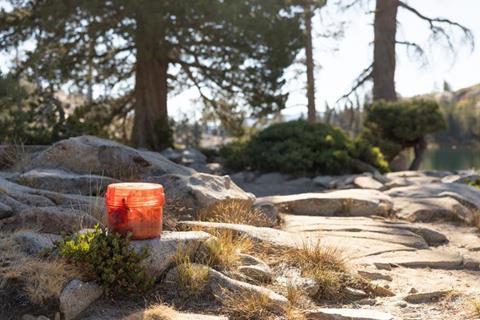
In the midst of gathering your essentials for that next adventure, take time to consider your destination and where you plan to explore, because a bear canister should be on your list. These canisters are a key part of your gear loadout and essential for storing and protecting food and other scented items.
This includes toiletries, bottles, drinks, trash, bug repellent, and scented sunscreen. And bear canisters aren’t just for bears, they help prevent attracting all kinds of wildlife, including ground squirrels, rodents, raccoons, marmots, and more.
Consider your destination, as rules can vary depending on the county, national or state park, or other wilderness areas. A good rule of thumb is to check the website of the area you plan to visit and call the local ranger station with any questions you may have. Rangers often have a wealth of seasonal information that can significantly affect your preparation and packing.
For example, areas like Lake Tahoe and the Desolation Wilderness, Yosemite, and Sequoia National Park require hard-sided, bear-proof canisters for overnight trips. You can usually find information about approved canisters for each specific area online.
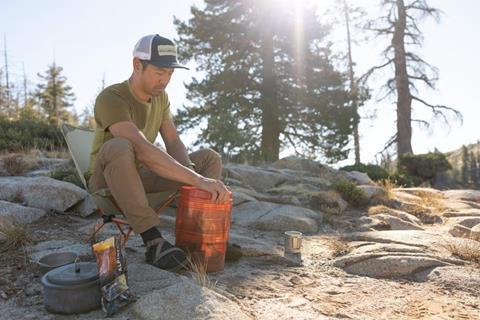
Best Practices
The majority of bear canisters feature a hard-sided design made from durable polycarbonate or ABS plastic and come in a range of sizes.
For best practices, never store food in your tent or backpack, securing your food as soon as you arrive at camp should be your top priority. Stashing your canister at least 100 feet from your campsite is ideal and is recommended by the National Park Service.
There’s no need to hide the canister either, stowing it under brush, logs, or rocks can make it easier for wildlife to damage. Instead, store it on flat, open ground.
A common mistake is overpacking your bear-resistant food container, which can lead to an improper seal. Staying organized inside the canister helps reduce bulk and allows for easier access to your essentials. Consider using resealable bags to separate items which helps contain odors and prevent spills.
Practicing how to pack your canister at home is a smart way to get familiar with its locking mechanism. Some models require specific tools to open, and knowing this in advance can help you avoid future headaches. If you already own a canister and aren’t in the market for a new one, inspect it carefully during packing for cracks, warped lids, or faulty seals.
Choosing the Right Capacity
Planning your meals and the amount of food to bring on your next trip will determine the capacity of your bear canister. Ideally, you want a container that’s large enough to fit your essential food and scented items while still being manageable to carry. Your individual eating habits and food choices will also affect how much volume you’ll need.
As a general rule, a day’s worth of food takes up about 100 cubic inches or 1.6 liters. Using this as a baseline, a 6–8 liter canister should offer plenty of storage for a 2–3 day trip, with extra room for additional items. For longer trips, sizing up is a smart move and dealing with the added bulk is sometimes unavoidable.
For group trips, there are a couple of options: each person can bring their own smaller canister (depending on the trip’s duration), or the group can share a few larger containers. It ultimately comes down to personal preference and the specific requirements of the area.
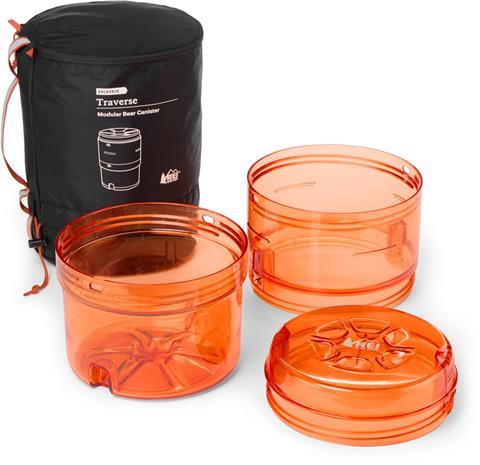
REI’s Newest Modular Bear Canister
Recreational Equipment, Inc. (REI) recently announced the Traverse Modular Bear Canister, a new all-in-one bear canister aimed to eliminate your capacity conundrum. Thanks to its modular design, the canister can scale to your needs with sections nestled together to allow for easy expansion and contraction.
The internal volume ranges from 6.75 liters (412 cubic inches) to 11.25 liters (686 cubic inches), with a hi-vis translucent orange colorway dubbed “Fireclay”, composed of polycarbonate material.
The canister is certified bear-resistant by the Interagency Grizzly Bear Committee and features a two-step closure system that requires no tools to operate. It comes standard with a 100% recycled ripstop nylon bag that can also expand or compress to fit the different configurations of the bear canister.
Priced at $79.95, this is truly a bargain. As someone who’s always had to purchase and store multiple bear canisters that range in volume, this is one of my most anticipated products heading into the warmer months.
Access More Great Stories!
For more informative articles like this, consider subscribing to OVR Magazine in print or digital versions here. You can also find the print edition of OVR at your local newsstand by using our Magazine Finder.


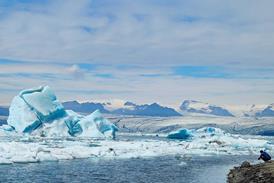
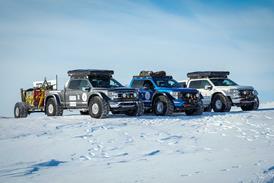
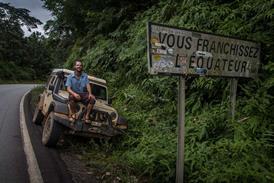
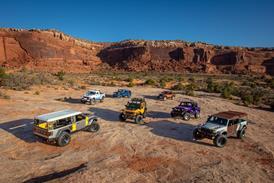

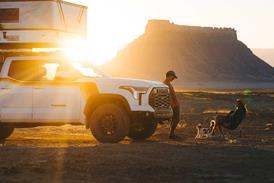

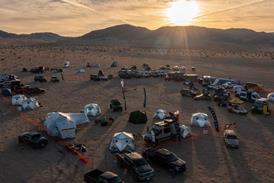


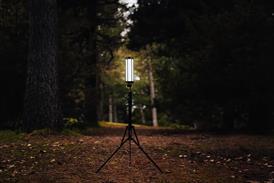
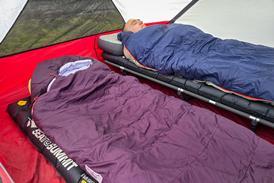







No comments yet